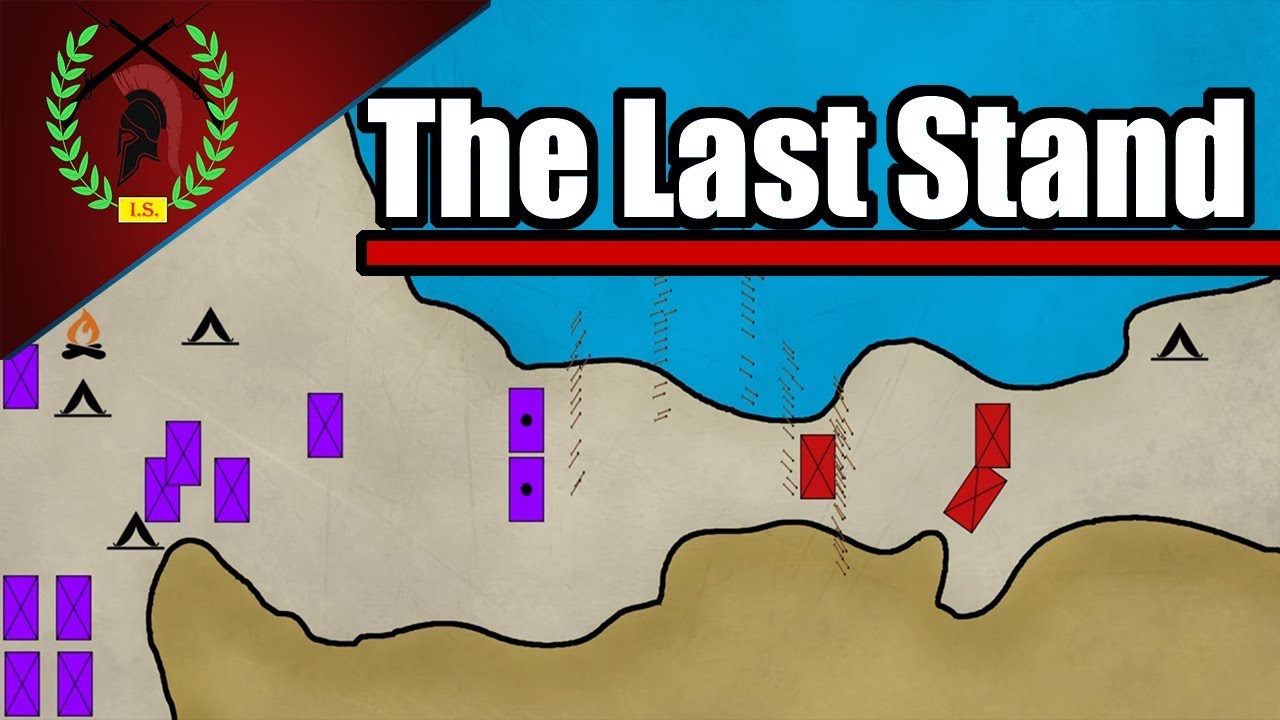How tsunamis work - Alex Gendler
Summary
TLDRIn 479 BC, the Greek city of Potidaea was saved from Persian invaders by a powerful tsunami, which the locals attributed to the wrath of Poseidon. Tsunamis, often confused with tidal waves, are caused by underwater disturbances like earthquakes. These waves can travel at speeds over 500 miles per hour, growing in height as they approach shore. Tsunamis can devastate coastal regions, causing widespread destruction and loss of life, as seen in the 2004 Indian Ocean disaster. While some protective measures have been attempted, early detection and quick alerts are crucial for minimizing the damage from this natural phenomenon.
Takeaways
- 😀 In 479 BC, the Greek city of Potidaea was saved from Persian attackers by a tsunami, which the locals believed was the wrath of Poseidon.
- 🌊 Tsunamis, often called tidal waves, are unrelated to the tidal forces of the Sun and Moon; they are generated by underwater energy shifts.
- 🌪 Normal ocean waves are caused by wind, but tsunamis are caused by underwater events such as volcanic eruptions, landslides, or most commonly, underwater earthquakes.
- 🌊 Tsunami waves move at speeds over 500 miles per hour and can be barely detectable when far from shore.
- 🚢 When tsunamis reach shallow waters, the energy is compressed, causing the wave height to rise drastically and slow down.
- 🏖 Tsunami waves can rise to heights of up to 100 feet when they reach shallow water near the coast.
- 🌊 The word 'tsunami' comes from Japanese and means 'harbor wave,' referring to its tendency to appear near shore.
- ⚠️ A tsunami’s first wave can sometimes appear as a withdrawal of water, misleading people into thinking it’s safe before the devastating wave hits.
- 🏚 Tsunamis can cause massive destruction, leveling buildings and sweeping away debris for miles inland, especially in low-lying areas.
- 💔 The 2004 Indian Ocean tsunami killed over 200,000 people, making it one of the deadliest natural disasters in history.
- 🛑 Efforts to prevent tsunamis, such as sea walls and flood gates, are not always effective; early detection and communication systems are now the focus for protection.
Q & A
What event in 479 BC is connected to the phenomenon of tsunamis?
-In 479 BC, when Persian soldiers besieged the Greek city of Potidaea, a tsunami likely helped save the city by drowning the attackers. The local people believed the wrath of Poseidon saved them.
What is the common misconception about tsunamis?
-Tsunamis are often mistakenly called tidal waves, but they are not related to the tidal forces caused by the Sun and Moon. Tsunamis are caused by underwater disturbances, not the gravitational pull.
How are tsunamis formed?
-Tsunamis are caused by energy originating from underwater events, such as volcanic eruptions, submarine landslides, or earthquakes. These events release massive energy into the water, creating large waves that travel across the ocean.
What differentiates a tsunami from regular ocean waves?
-Regular ocean waves are caused by wind and affect only the surface of the water, whereas tsunamis are caused by underwater disturbances and involve the movement of energy through the entire depth of the water.
What happens to the speed and height of a tsunami as it approaches shore?
-As a tsunami approaches shallow water, its speed decreases, and its height increases dramatically due to wave shoaling. The wave height can rise to as much as 100 feet in some cases.
What does the term 'tsunami' mean in Japanese?
-The word 'tsunami' comes from Japanese, meaning 'harbor wave.' This name reflects the phenomenon's tendency to be most noticeable when it reaches coastal areas.
Why is the withdrawal of water before a tsunami considered dangerous?
-The withdrawal of water before a tsunami can mislead people into thinking the danger has passed. However, the wave is still coming, and this retreating water can signal the arrival of a much larger wave.
What is the impact of a tsunami on coastal areas?
-Tsunamis can flood coastal areas, destroying buildings, trees, and other structures up to a mile or more inland. The retreating water can also drag debris and people back out to sea.
What was one of the deadliest tsunamis in recent history?
-The 2004 Indian Ocean tsunami was one of the deadliest natural disasters, killing over 200,000 people across South Asia.
What strategies have been used to protect against tsunamis?
-Some areas have tried using sea walls, flood gates, and channels to divert the water. However, these are not always effective, as seen with the 2011 tsunami in Japan, which surpassed the protective flood wall at the Fukushima Power Plant.
What are scientists focusing on to improve tsunami protection?
-Scientists are focusing on early detection methods, such as monitoring underwater pressure and seismic activity, and establishing global communication networks to quickly distribute alerts and warnings.
What is the safest response when faced with a tsunami?
-The safest course of action is to evacuate the area as quickly as possible and rely on early warning systems to alert people of the impending danger.
Outlines

Cette section est réservée aux utilisateurs payants. Améliorez votre compte pour accéder à cette section.
Améliorer maintenantMindmap

Cette section est réservée aux utilisateurs payants. Améliorez votre compte pour accéder à cette section.
Améliorer maintenantKeywords

Cette section est réservée aux utilisateurs payants. Améliorez votre compte pour accéder à cette section.
Améliorer maintenantHighlights

Cette section est réservée aux utilisateurs payants. Améliorez votre compte pour accéder à cette section.
Améliorer maintenantTranscripts

Cette section est réservée aux utilisateurs payants. Améliorez votre compte pour accéder à cette section.
Améliorer maintenantVoir Plus de Vidéos Connexes

Le guerre persiane: Maratona, Termopoli e Salamina

Epic Battles of the Persian Wars – Animated History Unveiled!

Greco-Persian Wars | 3 Minute History

Guerras Médicas e Guerra do Peloponeso (Rapidinhas #3)

The Battle of Thermopylae : Last Stand of The Greeks - Military History Animated.

The LEGENDARY Battle of Thermopylae - THE 300 SPARTANS
5.0 / 5 (0 votes)
